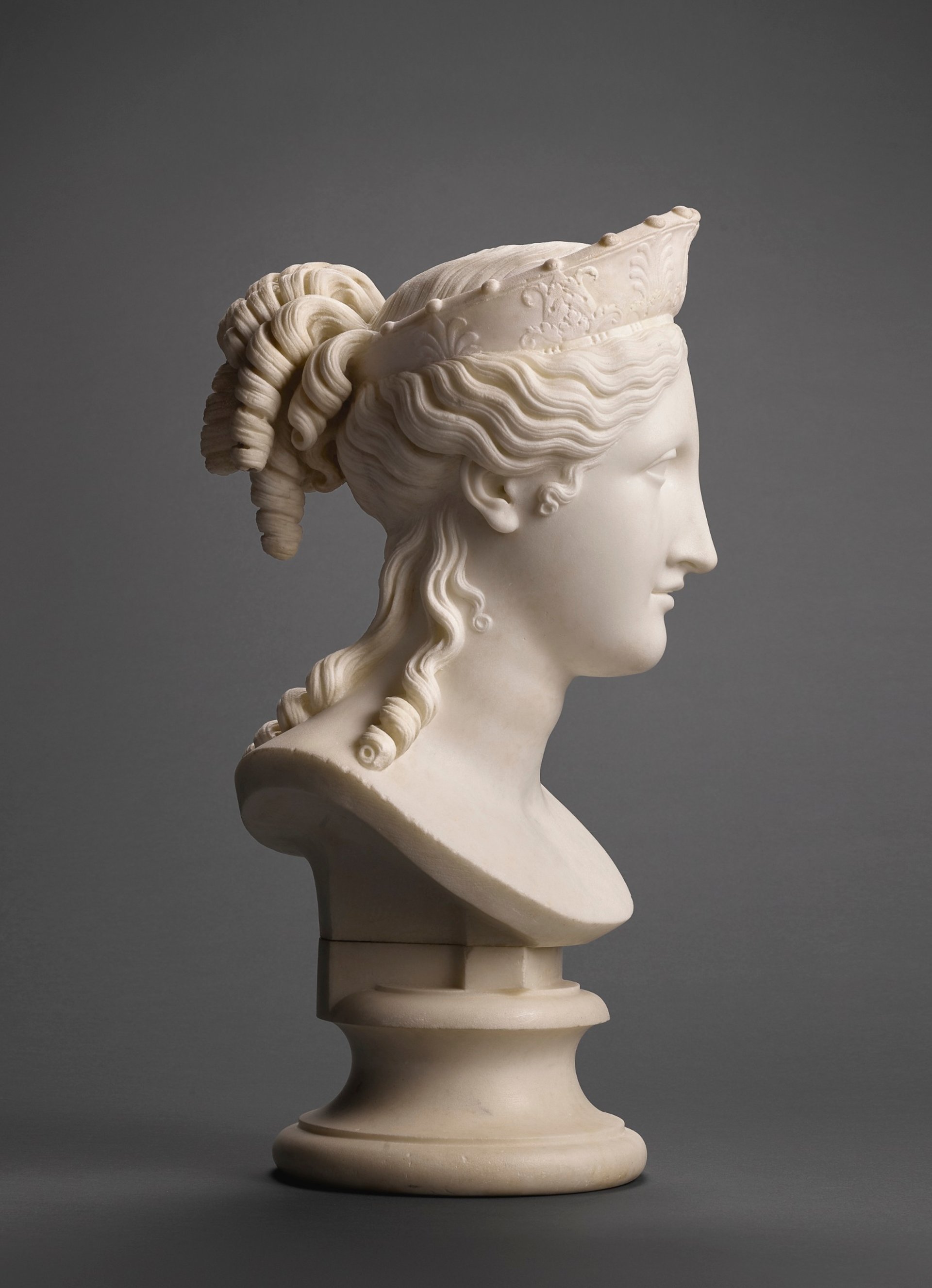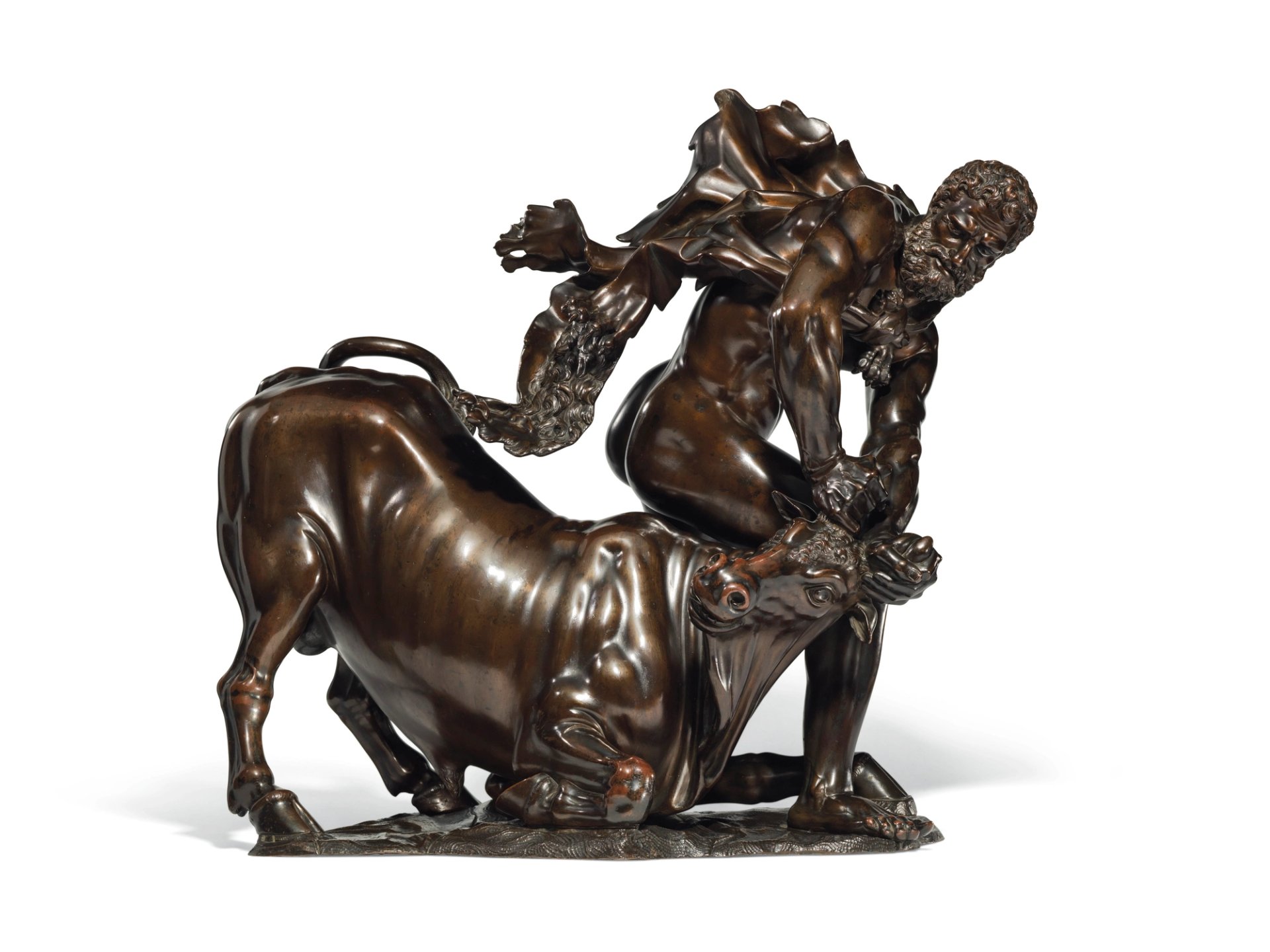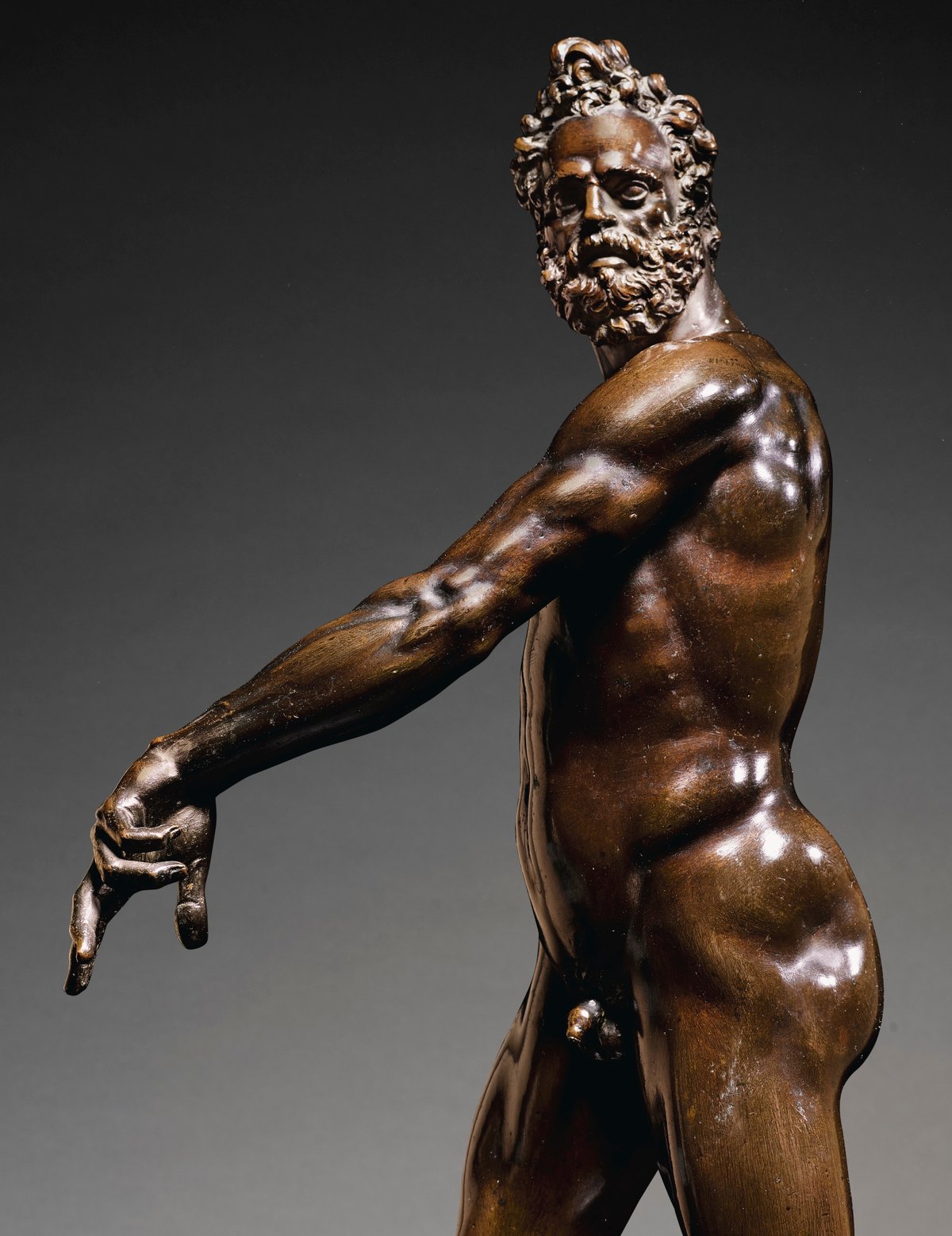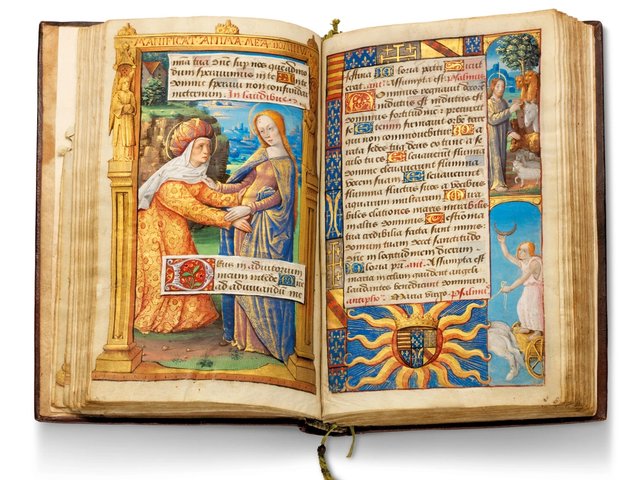Too often, the sculpture market plays second fiddle to paintings, but during this week’s Old Master sales in London, works in bronze and marble are the stars. Between them, Sotheby’s and Christie’s were going to offer up the “best group of sculptures to go to auction at the same time in 40 years”, according to the dealer Raffaello Tomasso.
The poster boys—and girl—are two bronzes from the Court of King Louis XIV of France by the sculptor François Girardon and the Florentine sculptor Ferdinando Tacca, both being sold by Christie’s on 5 July, and, at Sotheby’s, the Dresden Mars (before 1587) by Giambologna and Antonio Canova’s rediscovered marble, Bust of Peace (1814).
Sotheby’s Giambologna was meant to be sold today (4 July), estimated at £3m to £5m, but it was withdrawn on 2 July, after it was sold in a private agreement between the vendor, the German multinational firm Bayer AG, and the Staatliche Kunstsammlung Dresden. The price is undisclosed but, according to a Sotheby’s spokesman, the auction house “has been reimbursed for its efforts in accordance with its consignment agreement with Bayer”.
Nonetheless, with some in the sculpture trade speculating that it could make £10m and with headline prices for 16th century sculpture few and far between, it is arguably disappointing that the sculpture was not given a chance at auction.
“Up until about 1580, Giambologna was doing a lot of marble sculpture and after 1580 he was doing a lot of monumental bronze sculpture. This is from the moment he is just working out the potential of the small bronze,” says Alexander Kader, Sotheby’s co-worldwide head of department. The Mannerist bronze was made as a gift from Giambologna to the Elector Christian I of Saxony.
“It was in Florence in the last quarter of the 16th century that the potential of making a beautifully refined, Goldsmith-like bronze came into being. And it came into being because the Medicis, as wealthy bankers, saw the small bronze as a convenient form of propaganda, a diplomatic gift that they could send out to people they wanted to impress,” Kader says.
Giambologna’s record was set in 2014 by The Rape of a Sabine (around 1587-98), which was sold at Christie’s London for £3.6m (with fees) when estimated at £3-£5m. “The Baroque and Mannerist market in bronzes is very hot at the moment,” Kader says. “This is a very knowledgeable market and there’s a great premium placed on autograph works, clearly documented with great provenances, such as this”. Such strength, Kader thinks, is in part due to exhibitions such as Bronze in 2012 at the Royal Academy of Arts.

Antonio Canova's bust of Peace Sotheby's
Quite different from a Mannerist bronze of the god of war is Canova’s cool neo-classical marble of Peace. Last shown in public 200 years ago at the Royal Academy’s Summer Exhibition in 1817, the work was made for Canova’s first British patron, John Campbell, Lord Cawdor.
Sotheby’s is tight-lipped about the estimate on the Canova. Christopher Mason, the director of Sotheby’s European sculpture and works of art department, says estimating is not “an exact science” due to the rarity of autograph Canova marbles on the market, but he envisages “bidding in excess of £1m”. The last Canova bust to appear at auction, the Bust of Murat, sold for €4.3m (with fees) at Christie’s Paris in November 2017.

A bronze group of Louis XIV on horseback by Francois Girardon Christie's
The Neo-Classical and the Baroque are to the fore at Christie’s on 5 July, with Girardon’s rediscovered Louis XIV on Horseback, Paris (around 1690-99), which is thought to be the lost sculpture from the artist’s own collection (estimate: £7m to £10m), and Tacca’s Hercules Overcoming Acheloüs (1640-50), which was a gift from Louis XIV to his son, the Grand Dauphin, in 1681, and remained in the Royal collection until the Revolution (est around £5m).
“[The Girardon] turned up out of the blue in an auction in Toronto in 1993,” says Donald Johnston, the international head of sculpture at Christie's. He describes the work as “one of the most important sculptures I’ve handled in 27 years”. Johnston adds: “The owner bought it, unseen, and assumed it was a 19th century copy. It was only after he bought it that he realised it was older.” Although there are no access points to perform a thermoluminescence test to date the bronze, its surface is peppered with patches—repairs of casting flaws. “By the 19th century, casting was so efficient that bronzes don’t have flaws like that”, Johnston says. X-rays show a complex internal armature, matching those within the accepted versions in the Louvre and Windsor Castle.
Christie’s has had museum interest in the Girardon “but most cannot move quickly enough to release the money”, Johnston says. New buyers in the early European bronze market are rare, “but there has been renewed interest, which I think has something to do with a rise in interest in 20th century bronzes” he adds.

Hercules Overcoming Acheloüs by Ferdinando Tacca Christie's
Girardon probably saw the flamboyant Tacca group, Hercules Overcoming Acheloüs, when it was in the collection at Versailles. Although only made 50 years earlier, the Tacca is all Baroque drama to the Girardon’s cool neo-classical restraint and, thinks Johnston, “will probably appeal to a different taste”.
Renaissance and early Baroque bronzes are, Johnston says, most highly prized in the early European sculpture market. The auction record for the category was set at Christie’s New York in 2014 by a Bacchic figure supporting the globe by Adriaen de Vries, which sold for $27.8m (with fees). And what is the ultimate for Johnston? “Probably, a great unique bronze by Giambologna or Bernini, that would be the Holy Grail”.



